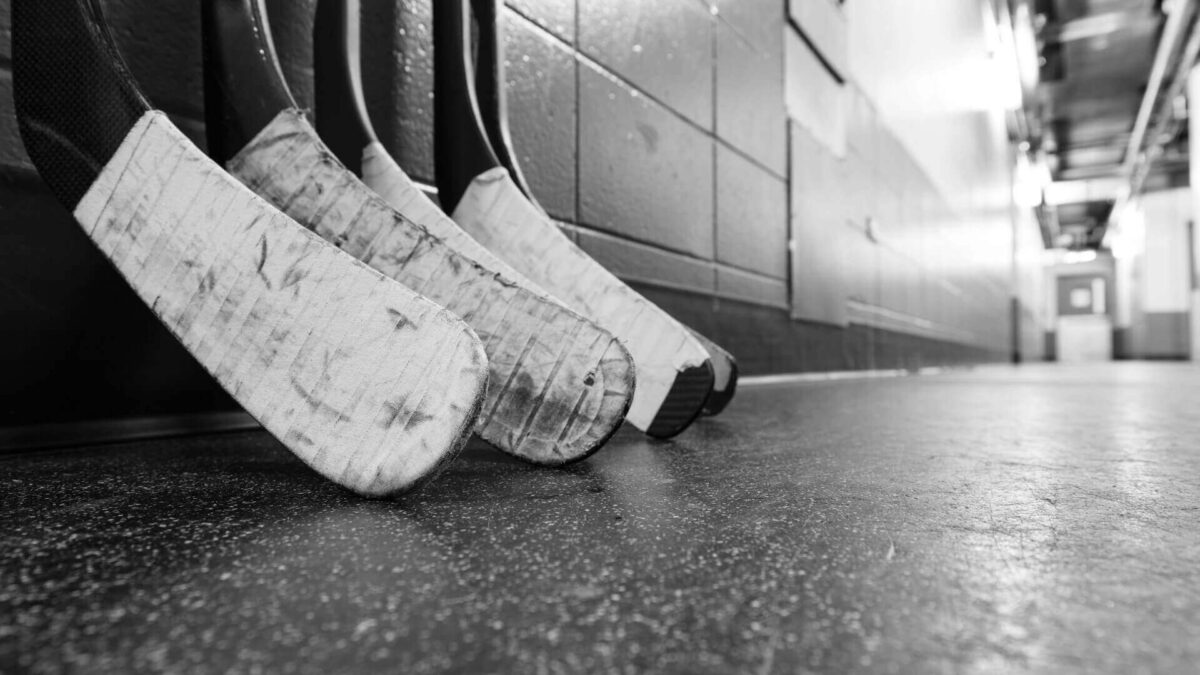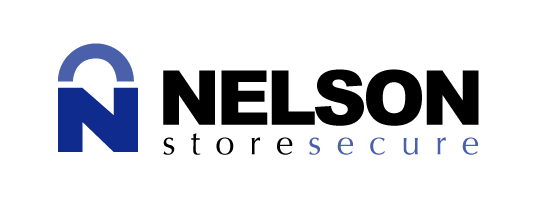Ice Hockey vs. Field Hockey: A Battle on Different Turfs

Hockey is a sport known for its fast-paced action, intense physicality, and strategic gameplay. However, there are two main variations of the sport that differ not only in their playing surfaces but also in their rules, equipment, and style of play.
In this blog post, we will explore the differences between ice hockey and field hockey, shedding light on the unique aspects of each and highlighting why they both hold their charm in the world of sports.
Ice Hockey
Ice hockey is a sport that is predominantly played in countries with colder climates, such as Canada, the United States, and many European nations. This version of hockey is played on an ice rink, with teams of six players (including a goaltender) competing to score goals by shooting a rubber puck into the opposing team’s net.
The speed and physicality of ice hockey are unparalleled, with players gliding across the ice at high speeds, executing sharp turns, and engaging in harsh body checks. The fast-paced nature of the game requires quick decision-making, excellent skating skills, and impeccable teamwork.
The players also wear protective gear, including helmets, shoulder pads, and shin guards, due to the risk of collisions and flying pucks.
Field Hockey
Field hockey, on the other hand, is more commonly played in countries with milder climates, such as India, Pakistan, the Netherlands, and Australia. It is also known as “grass hockey” as it is played on grass or artificial turf, with teams consisting of eleven players (including a goalkeeper) who aim to score goals by hitting a small ball into the opposing team’s net using specially designed sticks.
While grass hockey lacks the speed and physicality of its icy counterpart, it compensates with its emphasis on skillful stickwork, precise passing, and tactical positioning. The game requires agility, hand-eye coordination, and excellent ball control.
Players wear shin guards and mouthguards for protection, but the overall gear is less extensive compared to ice hockey.
Similarities Between Ice Hockey And Field Hockey
If you’ve encountered the age-old “ice hockey vs. field hockey” debate, you’re probably wondering what the fuss is all about. Why are fans so crazy about these sports and how do they make their choice? We’re here to help you understand. Let’s start by looking at some key similarities between ice hockey and field hockey.
1. Objective
Both sports aim to score goals by hitting a puck or ball into the opponent’s net using a stick.
2. Equipment
The equipment that players use is incredibly similar. The sticks are nearly identical and are used to maneuver a puck or ball.
3. Team Structure
Both sports feature teams feature players in roles with the same name and roles, such as:
- Goalkeepers
- Defenders
- Midfielders
- Forwards
Differences Between Ice Hockey and Field Hockey
Now that you know the similarities between ice hockey and field hockey, it’s time to learn about the key differences between them.
- Playing Surfaces: Ice hockey is played on a solid, icy surface, while field hockey is played on grass or artificial turf.
- Equipment: In ice hockey, players wear sharp ice skates and a variety of protective gear, whereas in grass hockey, players wear cleats and minimal protective gear.
- Rules: The rules regarding physical contact and gameplay between the two sports vary, with ice hockey allowing more physicality and body checking. In contrast, field hockey maintains a focus on clean stickwork and finesse.
Ice Hockey Vs. Field Hockey: Your Hockey Preference Is Up To You
Ice hockey and field hockey are two distinct sports that offer unique experiences to both players and spectators. The differences and similarities between ice hockey and field hockey make both even more interesting. Ice hockey’s fast-paced action and hard-hitting nature captivate fans around the world, while field hockey’s stickwork and tactical gameplay showcase skill and precision. Whether on ice or grass, both versions of hockey require dedication, athleticism, and teamwork.
So, whether you prefer the adrenaline rush of ice hockey’s speed and physicality or the finesse of field/ grass hockey, there is no denying the excitement and passion that both sports bring to the table. As the ice hockey vs. field hockey argument continues, the choice between the two ultimately comes down to personal preference, with each offering its own distinct flavor within the exhilarating world of hockey.
Grab your tickets to an upcoming Wilkes-Barre Scranton Penguins ice hockey game today!

REQUEST TICKET INFORMATION
"*" indicates required fields










